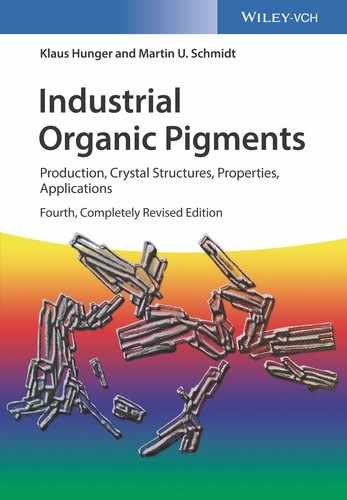Book Description
Revised and updated, this highly acclaimed work, now in its fourth edition, remains the most comprehensive source of information available on organic pigments. It provides up-to-date information on synthesis, reaction mechanism, physical and chemical properties, test methods, and applications of all the industrially produced organic pigments available on the world market.This fourth edition now includes new chapters on the latest applications and three-dimensional X-ray analysis, while the chapters on legislation, ecology, and toxicology have been rewritten to reflect recent developments.
- Sets the international standard for information on the synthesis, reaction mechanisms, properties, relevant test methods, and applications of organic pigments
- Contains all industrially produced pigments of the world market, even those which can no longer be found in producers’ catalogs are described
- Standardized methods allow test results to be compared throughout the book
- The reader is given useful hints as to which pigment is best for a given application
- Clearly structured and concise text with up-to-date references to the pertinent literature
- Ecological and toxicological properties of organic pigments are outlined
- Appendix offers invaluable flow diagrams on the manufacture of numerous pigments, a table of all described pigments with information about their C.I. and CAS registration, and an in-depth subject index
